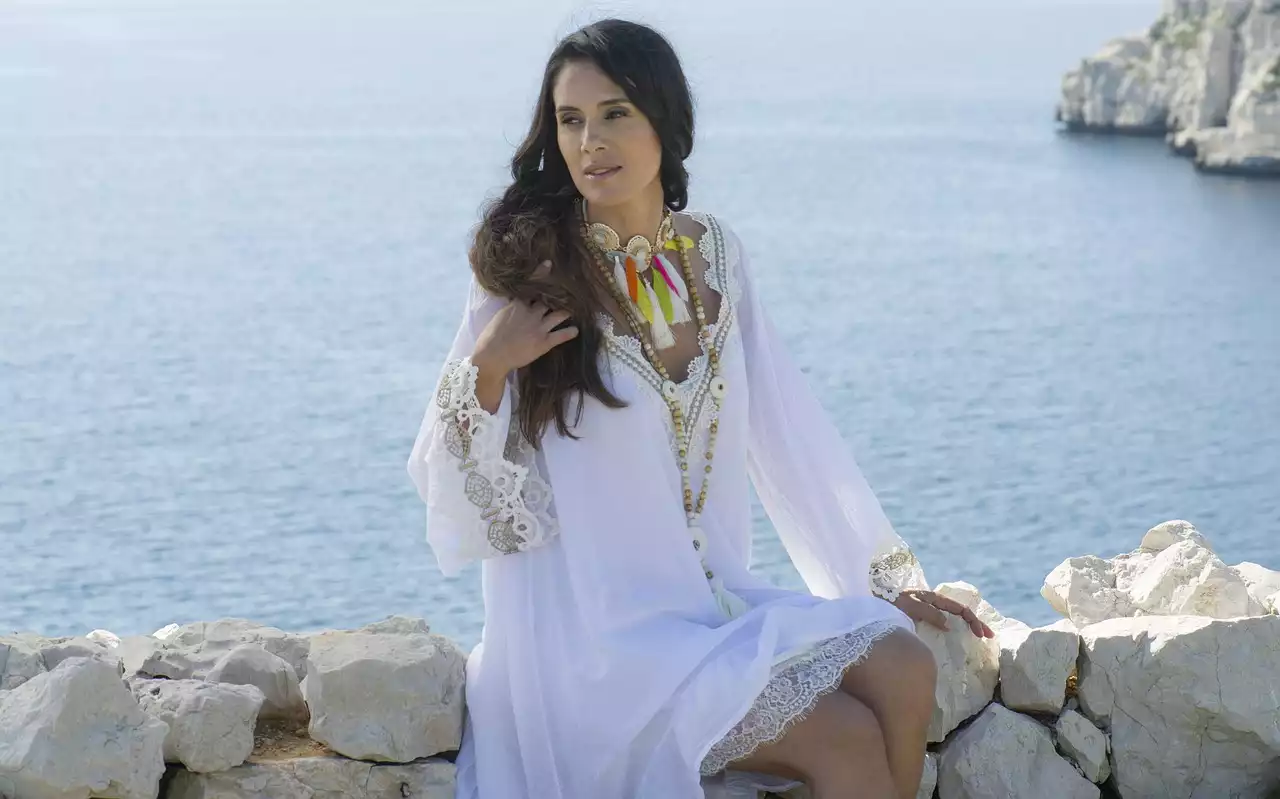When we think of the counterculture movement of the 1960s, our minds immediately go to peace, love, and flowers. But there was much more to this era than just flower crowns and peace signs. Many women around the world found inspiration in this new way of thinking about society. They chose to embrace their own natural beauty and shun materialistic values. Women started wearing flowing dresses, peasant tops, and drop-waist frocks instead of the typical suit jackets and pencil skirts they wore before. The hippie style became a popular choice for women everywhere who wanted to stand out from the crowd.
What is Hippie Fashion?
Before we explore the hippie fashion trends, let’s first determine what the hippie fashion really is. Essentially, the hippie fashion is the style of clothing worn by hippies during the 1960s and 1970s. The style of clothing worn was very eclectic and unusual and was often very bright and colorful. The most important thing about hippie fashion is that it was about being yourself and not trying to fit into mainstream society. Wearing hippie clothing was a form of non-conformity and a way of standing out from the crowd. The word “hippie” was first applied to members of the “hippie” subculture, which arose in the mid-to-late 1960s.
Overview of Hippie Clothing
The 1960s were a time of great change and upheaval in Western society. It was a decade of great civil rights movements, sexual liberation, and the rise of new and exciting cultures from around the world. It is no surprise, then, that fashion in this decade was revolutionary. The iconic hippie style featured loose, flowing garments that were often heavily patterned and made from natural fibers. Although the hippie movement had its roots in the United States, it spread across the world and is widely regarded as one of the most influential and far-reaching social movements of the 20th century. In the fashion world, this meant a return to pre-World War II clothing styles like the drop waist and the maxi dress. Natural fabrics like linen, hemp, and cashmere were in high demand and were used to make clothing that was light, airy, and easy to care for. Brightly patterned fabrics were very popular among hippie designers and were often dyed using natural dyes.
Haight-Ashbury Inspired Fashion
The Haight-Ashbury district of San Francisco is famous for being the epicenter of hippie fashion. It was here that the bell-bottom jeans and floral print shirts of the hippie era really came together. With a mix of fabrics and a liberal use of flowers and psychedelia, Haight-Ashbury-inspired outfits were super colorful and extremely eye-catching Whether it was a long dress or a pair of flared pants, hippies everywhere were busy adding a bit of “flower power” to their outfits. Many of the fabrics were printed with psychedelic patterns that were designed to inspire creativity and imagination. The Haight-Ashbury district was a melting pot of cultures and a great place to find unusual garments and fabrics. Long Indian kaftans, ethnic-printed fabrics, and long flowing dresses were all very popular with hippie designers and were often used to create hippie clothing that truly stood out from the crowd.
The Influence of Indian Culture
The hippie fashion was heavily influenced by Indian culture. Hippie designers were exposed to the lavish fabrics and bright colors of Indian clothing and soon began to incorporate these designs into their own clothing collections. Indian fabrics like chiffon and tussar silk were very popular and were often used to make dresses, kaftans, and maxi skirts. Indian culture also influenced the designs and the way hippie clothing was worn. The sari, for example, is a long piece of fabric that is wrapped around the body and can be worn in many different styles. Hippies were very interested in this style of clothing and often wore sari-inspired clothing. Another example of how Indian culture influenced hippie fashion is the use of the bindi. The bindi is a tiny jewel often worn on the forehead as decoration. Indian women often wear the bindi in the center of their foreheads, but hippies quickly adopted the bindi and began wearing it in different places on their faces.
Conclusion
The hippie style was a great example of how fashion can change as a result of social change. Before the 1960s, women were expected to wear very restrictive clothing. Bizarre corsetry, tight crinolines, and layers of petticoats were a common sight on the streets. By the mid-1960s, this old-fashioned style of dress had been thrown away in favor of looser, more comfortable clothing. The hippie fashion was very free-spirited, and it was all about expressing yourself and standing out from the crowd. If you want to get the most out of your hippie wardrobe, you need to look at the clothing styles of the 1960s and 1970s.


 The Biggest Children’s Television Shows
The Biggest Children’s Television Shows
 How to Care for The Afghan Hound
How to Care for The Afghan Hound
 Hotels Boost the Local Economy
Hotels Boost the Local Economy Surf Style for Men in the 1960s
Surf Style for Men in the 1960s The Rise of Trousers for Women in the 1960s
The Rise of Trousers for Women in the 1960s The Peacock Revolution in Menswear of the 1960s
The Peacock Revolution in Menswear of the 1960s Space Age Fashion in the 1960s
Space Age Fashion in the 1960s Mary Quant and the Mini Skirt
Mary Quant and the Mini Skirt 1960s Mod Fashion Trend for Men
1960s Mod Fashion Trend for Men